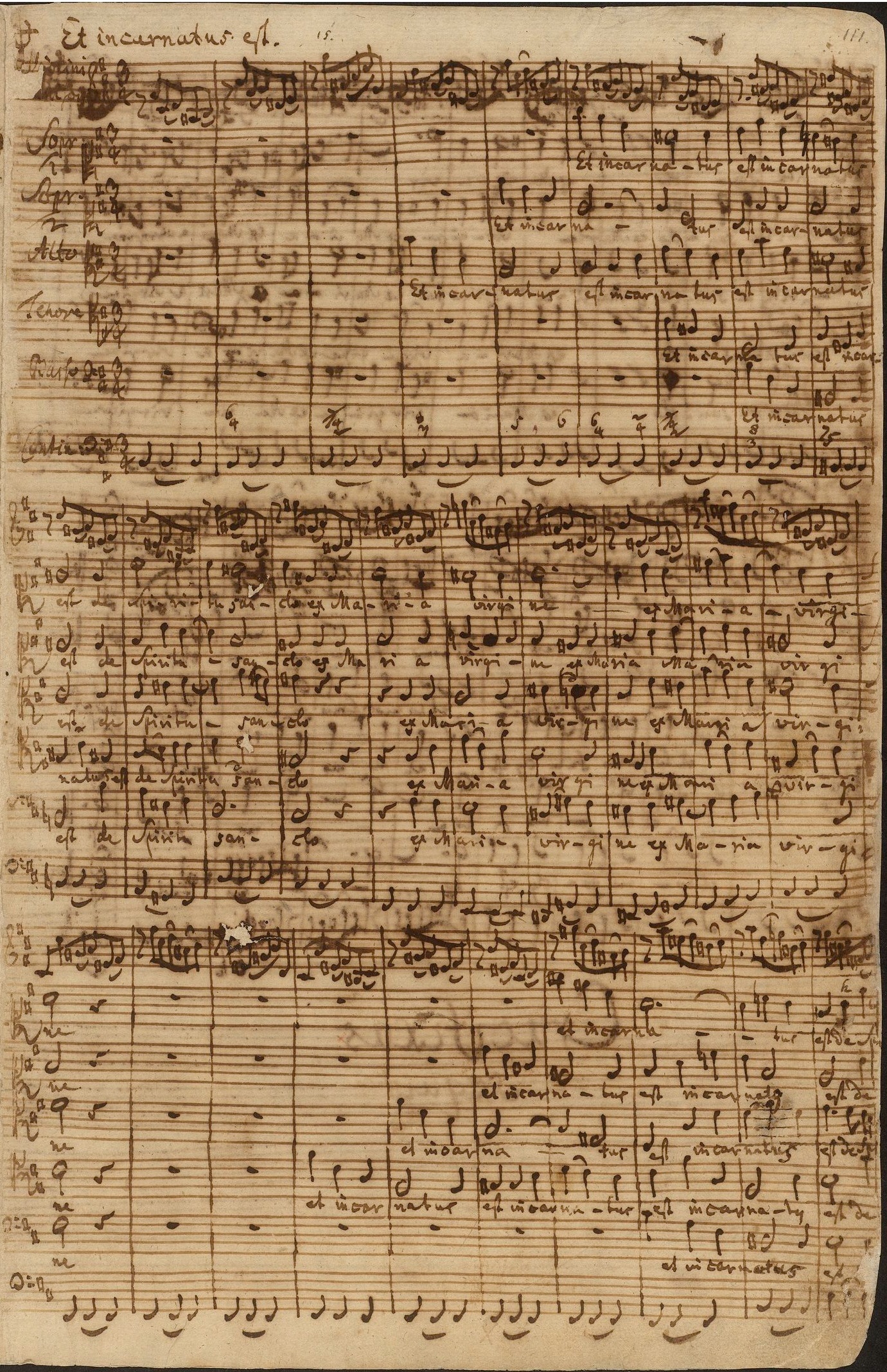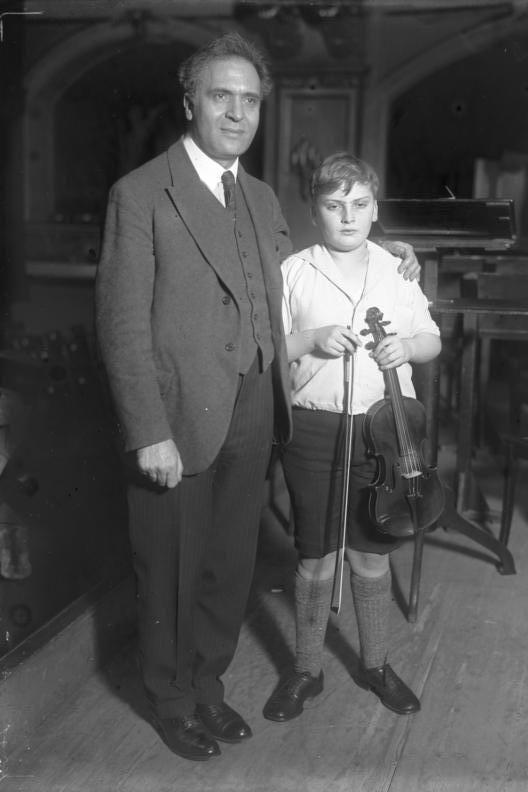|
William Shimell
William Shimell (born Brentwood, Essex, 23 September 1952) is an English baritone who has had an active international career performing in operaForbes, Elizabeth. William Shimell. In: ''The New Grove Dictionary of Opera''. Macmillan, London & New York , 1977. and on the concert platform since the 1980s, and more recently has appeared in non-singing roles in films. Biography Shimell studied at the Guildhall School of Music and Drama and at the National Opera Studio.Adam, Nicky (ed). William Shimell. In: ''Who's Who in British Opera.'' Scolar Press, Aldershot, 1993, p252. For his student performance at the Guildhall the ''Opera'' critic noted "William Shimells's Figaro stood out from all the others. His is a rich, full-toned baritone voice, and he used it to great musical and dramatic effect." He joined the chorus of Kent Opera in 1978 and sang an usher in ''Rigoletto'' with them in 1980 and '' Venus and Adonis'' in the UK and Venice. At Sadler's Wells in 1981 he appeared as Young ... [...More Info...] [...Related Items...] OR: [Wikipedia] [Google] [Baidu] |
Baritone
A baritone is a type of classical male singing voice whose vocal range lies between the bass and the tenor voice-types. The term originates from the Greek (), meaning "heavy sounding". Composers typically write music for this voice in the range from the second F below middle C to the F above middle C (i.e. F2–F4) in choral music, and from the second A below middle C to the A above middle C (A2 to A4) in operatic music, but the range can extend at either end. Subtypes of baritone include the baryton-Martin baritone (light baritone), lyric baritone, ''Kavalierbariton'', Verdi baritone, dramatic baritone, ''baryton-noble'' baritone, and the bass-baritone. History The first use of the term "baritone" emerged as ''baritonans'', late in the 15th century, usually in French sacred polyphonic music. At this early stage it was frequently used as the lowest of the voices (including the bass), but in 17th-century Italy the term was all-encompassing and used to describe the averag ... [...More Info...] [...Related Items...] OR: [Wikipedia] [Google] [Baidu] |
Così Fan Tutte
(''All Women Do It, or The School for Lovers''), K. 588, is an opera buffa in two acts by Wolfgang Amadeus Mozart. It was first performed on 26 January 1790 at the Burgtheater in Vienna, Austria. The libretto was written by Lorenzo Da Ponte who also wrote ''Le nozze di Figaro'' and ''Don Giovanni''. Although it is commonly held that was written and composed at the suggestion of the Emperor Joseph II, recent research does not support this idea. There is evidence that Mozart's contemporary Antonio Salieri tried to set the libretto but left it unfinished. In 1994, John Rice uncovered two terzetti by Salieri in the Austrian National Library. The short title, ''Così fan tutte'', literally means "So do they all", using the feminine plural (''tutte'') to indicate women. It is usually translated into English as "Women are like that". The words are sung by the three men in act 2, scene 3, just before the finale; this melodic phrase is also quoted in the overture to the opera. Da P ... [...More Info...] [...Related Items...] OR: [Wikipedia] [Google] [Baidu] |
Mass In B Minor
The Mass in B minor (), BWV 232, is an extended setting of the Mass ordinary by Johann Sebastian Bach. The composition was completed in 1749, the year before the composer's death, and was to a large extent based on earlier work, such as a Sanctus Bach had composed in 1724. Sections that were specifically composed to complete the Mass in the late 1740s include the "Et incarnatus est" part of the Credo. As usual for its time, the composition is formatted as a Neapolitan mass, consisting of a succession of choral movements with a broad orchestral accompaniment, and sections in which a more limited group of instrumentalists accompanies one or more vocal soloists. Among the more unusual characteristics of the composition is its scale: a total performance time of around two hours, [...More Info...] [...Related Items...] OR: [Wikipedia] [Google] [Baidu] |
Vernon Handley
Vernon George "Tod" Handley (11 November 1930 – 10 September 2008) was a British conductor, known in particular for his support of British composers. He was born of a Welsh father and an Irish mother into a musical family in Enfield, Middlesex. He acquired the nickname "Tod" because his feet were turned in at his birth, which his father simply summarised: "They toddle". Handley preferred the use of the name "Tod" throughout his life over his given names. Education and studies Handley attended Enfield Grammar School. While in school, he watched the BBC Symphony Orchestra in its studio in Maida Vale, where by his own account he learned some of his conducting technique by observing Sir Adrian Boult. Later the two corresponded in the early 1950s and met around 1958. He spent a period in the Armed Forces and then attended Balliol College, Oxford, where he read English philology and became musical director of the University Dramatic Society. He also studied at the Guildhall Sc ... [...More Info...] [...Related Items...] OR: [Wikipedia] [Google] [Baidu] |
Royal Liverpool Philharmonic Orchestra
Royal Liverpool Philharmonic is a music organisation based in Liverpool, England, that manages a professional symphony orchestra, a concert venue, and extensive programmes of learning through music. Its orchestra, the Royal Liverpool Philharmonic Orchestra, is the UK's oldest continuing professional symphony orchestra. In addition to the orchestra, the organisation administers the Royal Liverpool Philharmonic Choir, the Liverpool Philharmonic Youth Company and other choirs and ensembles. It is involved in educational and community projects in Liverpool and its surrounding region. It is based in the Liverpool Philharmonic Hall, an Art Deco concert hall built in the late 1930s. History 19th century The organisation has its origins in a group of music amateurs in the early 19th century. They had met during the 1830s in St Martin's Church under the leadership of William Sudlow, a stockbroker and organist; their main interest was choral music.Spiegl, Fritz and Sara Cohen"Liverpool ... [...More Info...] [...Related Items...] OR: [Wikipedia] [Google] [Baidu] |
A Sea Symphony
''A Sea Symphony'' is an hour-long work for soprano, baritone, chorus and large orchestra written by Ralph Vaughan Williams between 1903 and 1909. The first and longest of his nine symphonies, it was first performed at the Leeds Festival in 1910 with the composer conducting, and its maturity belies the relatively young age — thirty — when he began sketching it. Moreover it is one of the first symphonies in which a chorus is used throughout as an integral part of the texture and it helped set the stage for a new era of symphonic and choral music in Britain during the first half of the 20th century. It was never numbered. History From 1903 to 1909, Ralph Vaughan Williams worked intermittently on a series of songs for chorus and orchestra that were to become his most lengthy project to date and his first true symphony. Originally titled ''The Ocean'', ''A Sea Symphony'' was first performed in 1910 at the Leeds Festival on the composer's 38th birthday. This is generally cite ... [...More Info...] [...Related Items...] OR: [Wikipedia] [Google] [Baidu] |



